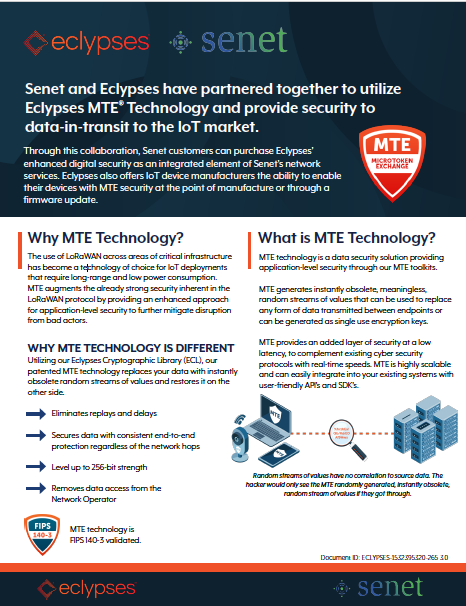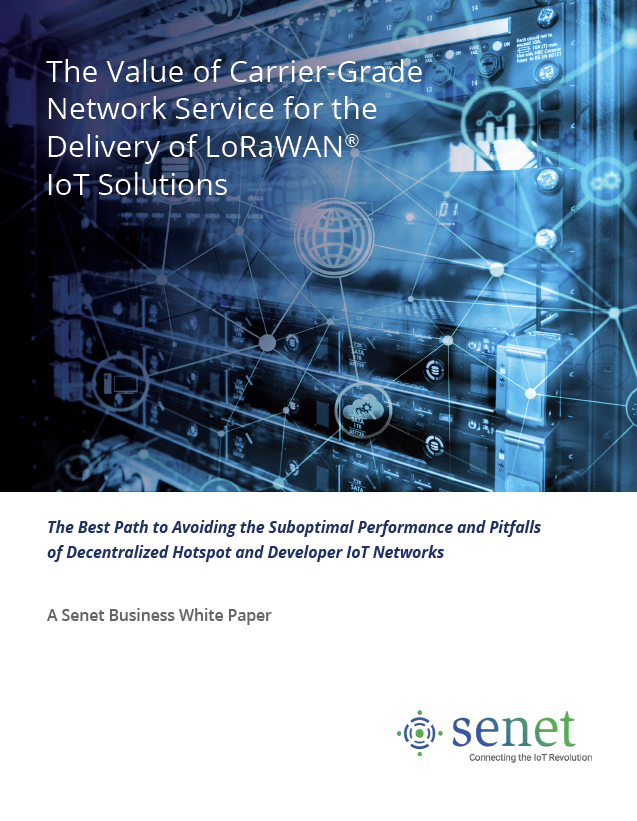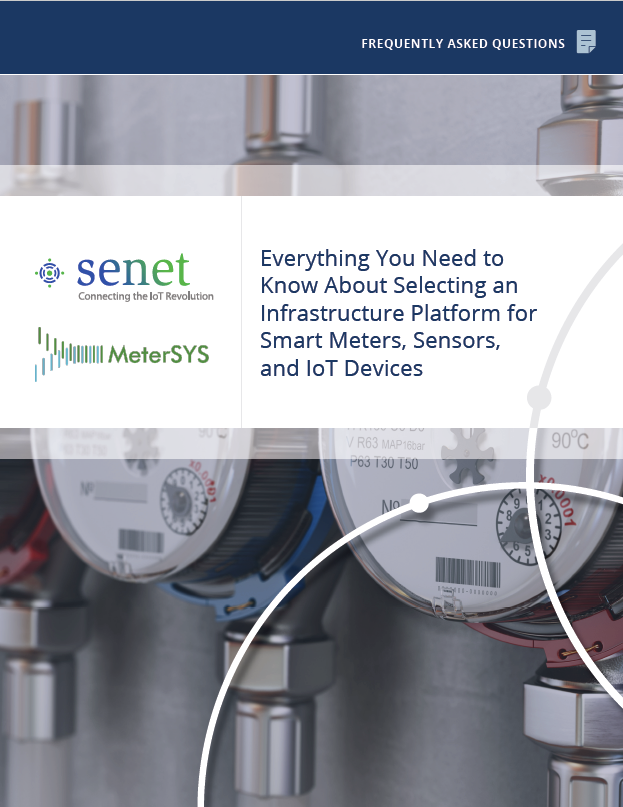Resources
Solution Briefs & Whitepapers
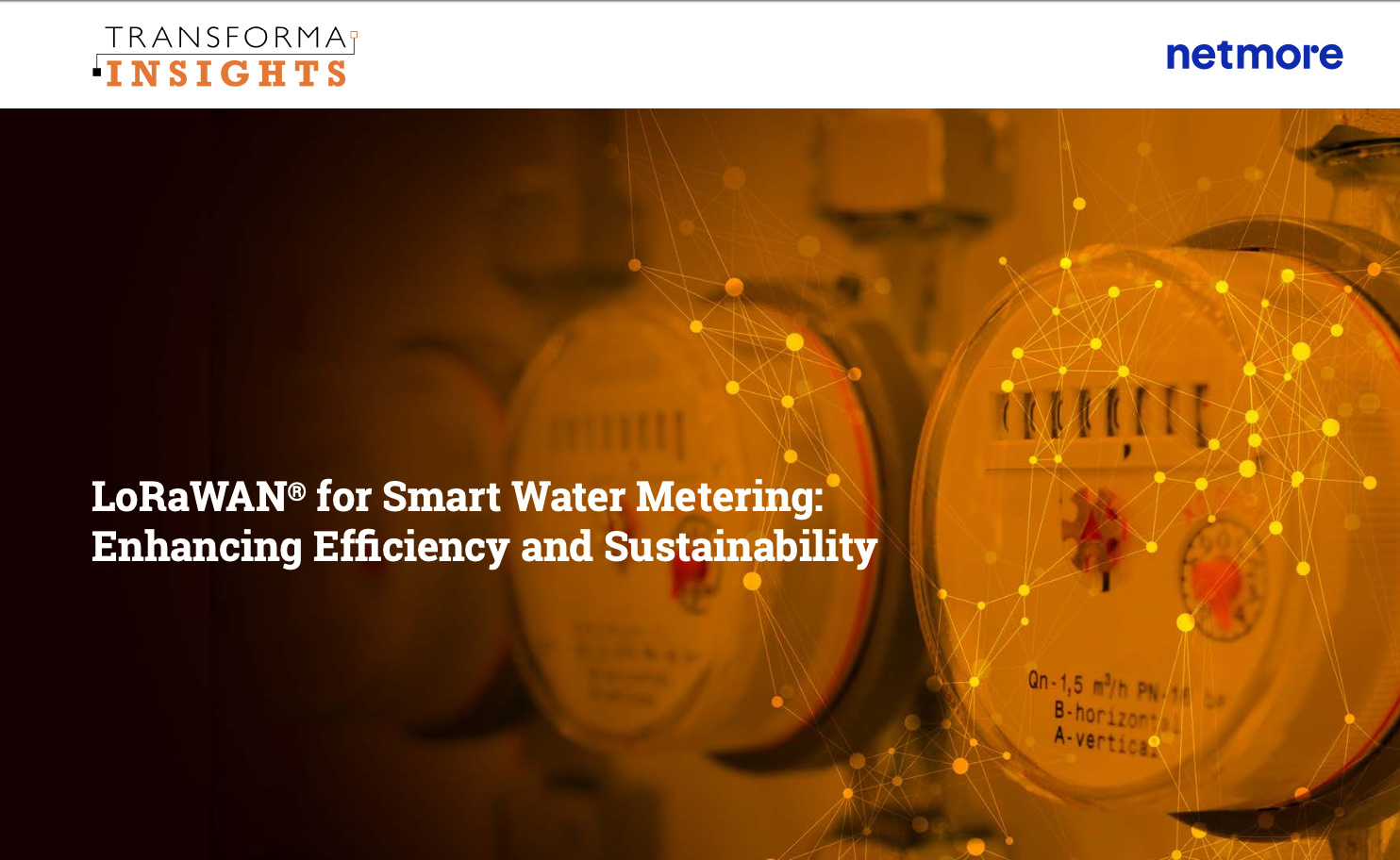
This report from Transforma Insights details the benefits of Low Power Wide Area (LPWA) connectivity technologies, and particularly the LoRaWAN standard, for smart water metering including significant upsides in both cost and sustainability.
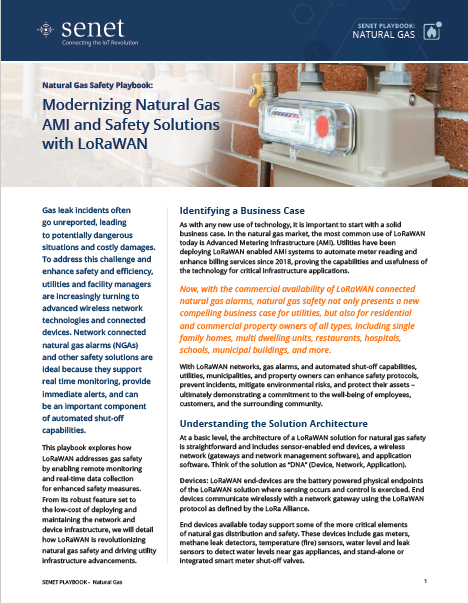
This playbook explores how LoRaWAN enables remote monitoring and real-time data collection for enhanced gas safety measures. From its robust feature set to the low-cost of deploying and maintaining the network and device infrastructure, we detail how LoRaWAN is revolutionizing natural gas safety and driving utility infrastructure advancements.
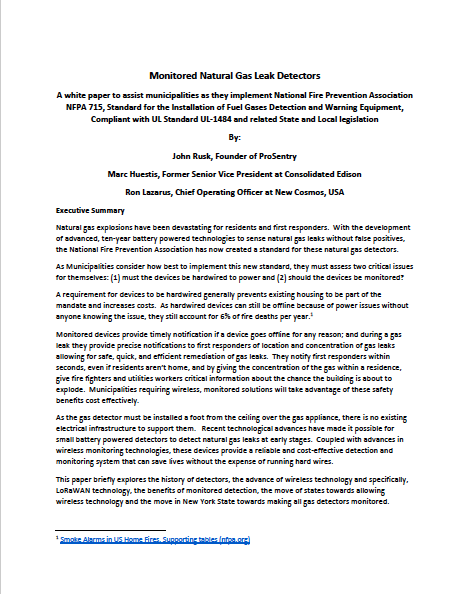
This paper briefly explores the history of detectors, the advance of wireless technology and specifically, LoRaWAN technology, the benefits of monitored detection, the move of states towards allowing wireless technology and the move in New York State towards making all gas detectors monitored.
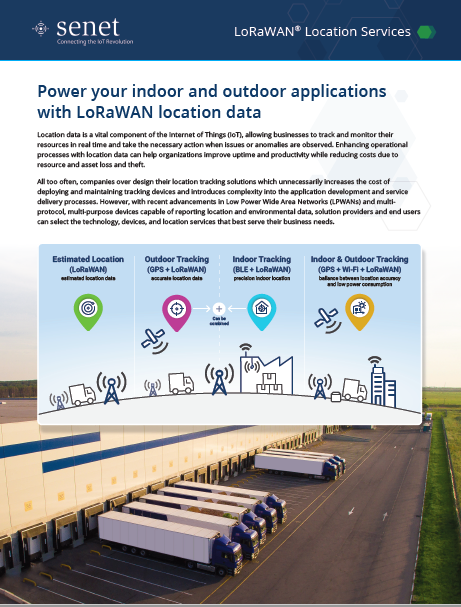
With recent advancements in Low Power Wide Area Networks (LPWANs) and multiprotocol devices capable of reporting location and environmental data, solution providers and end users can select the technology, devices, and location services that best serve their business needs.
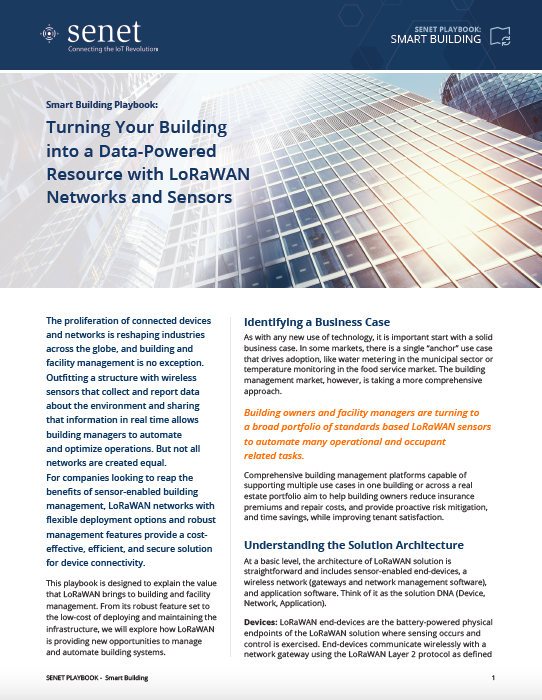
This playbook is designed to explain the value that LoRaWAN brings to building and facility management. From its robust feature set to the low-cost of deploying and maintaining the infrastructure, we will explore how LoRaWAN is providing new opportunities to manage and automate building systems.

This playbook is designed to explain the value that LoRaWAN brings to QSRs. From its robust feature set to the low-cost of deploying and maintaining the infrastructure, we will explore how LoRaWAN is revolutionizing QSR operations and driving unparalleled business success.
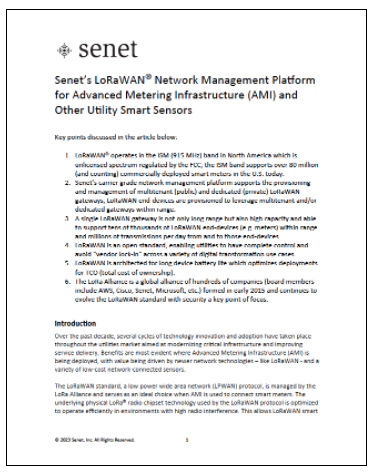
A LoRaWAN network offers several appealing features, making it a desirable choice for various applications. Its key attributes include scalability, high capacity, long range connectivity, low power consumption (allowing for end device battery life of up to 20+ years), ease of deployment, robust security, and cost effectiveness. The LoRaWAN Protocol, being open source and driven by its members, represents a unique LPWAN technology that should merit serious consideration for AMI Network implementations.

